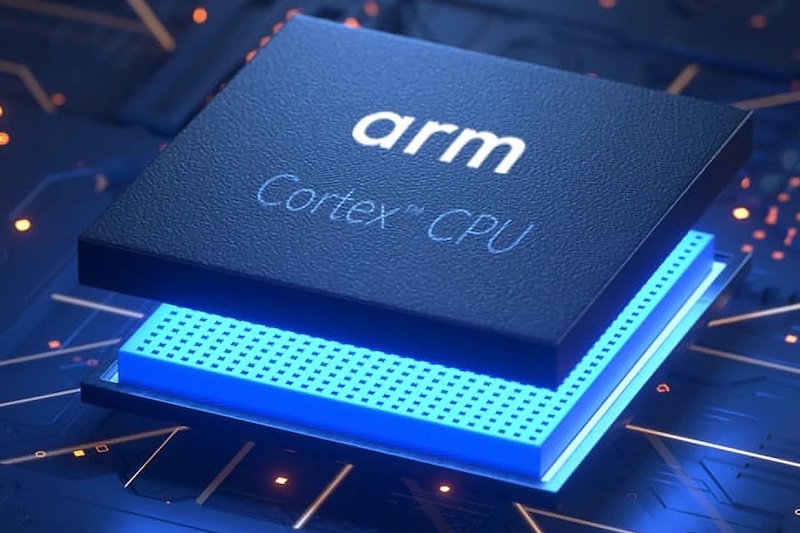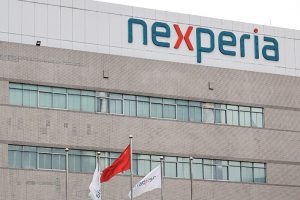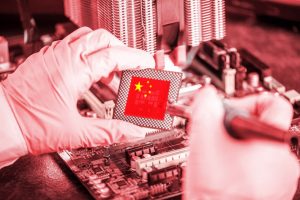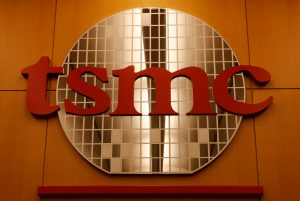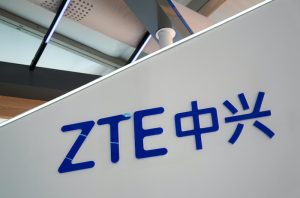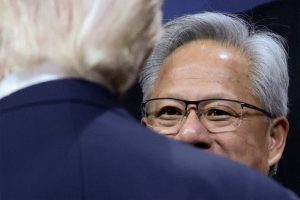The semiconductor industry – once notorious for boom and bust cycles that revolved around demand for a few consumer devices such as the iPhone – is set for smoother sailing and unprecedented growth, according to a new report.
Now that chips have become ubiquitous, the peaks and troughs are less likely, according to Pimco strategists Geraldine Sundstrom, Tania Bachmann and John Mullins.
Historically, semiconductor demand – such as for personal computers in the 1980s, mobile phones in the 2000s and smartphones in the 2010s – would lead manufacturers to aggressively expand capacity.
“Supply eventually exceeded demand, either through overproduction or an economic downturn – sending prices and revenues down,” the Pimco strategists noted. “A new end product or economic recovery would reignite the cycle.”
But more recently, chips have become a key component in industrial applications, vehicles, industrial automation, 5G infrastructure, artificial intelligence, and cloud computing.
Such applications also require more chips per unit and have longer cycles than consumer electronics, lessening the industry’s reliance on consumer spending and potentially smoothing revenue.
More chips are need, they added. An electric vehicle uses more than twice the number of semiconductors than its internal combustion engine predecessor, and industry experts expect this gap to widen.
“The industry’s supply structure too should, in our view, support more stable earnings cycles in the future,” the authors said.
Larger semiconductor companies have built solid balance sheets, with strong cash positions and little or no debt, providing resilience amid an economic slowdown and higher borrowing costs, they said.
- George Russell




